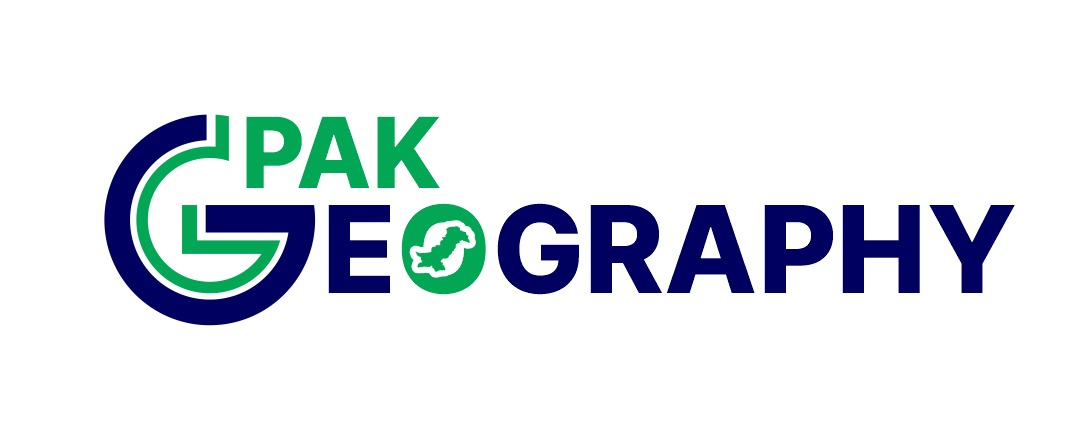Chak No. 004/T is a rural settlement situated in Tehsil Multan Saddar of Multan District, Punjab Province, Pakistan. According to the Pakistan Bureau of Statistics 2023 census, the village has a population of 4,851 individuals, including 2,454 males and 2,397 females. Males make up 50.6 percent of the population, while females form 49.4 percent. The land area of Chak No. 004/T is 1,560 acres, giving the village a population density of about 3.11 persons per acre.
Literacy Rate in Chak No. 004/T
The literacy rate of Chak No. 4-T is 48.0 percent among the population aged 10 years and above, which is significantly lower than Multan District’s average of 61.41 percent, reflecting a gap of -13.41 percentage points. Male literacy is 61.4 percent, slightly below the district male average of 67.28 percent by 5.88 points. Female literacy is only 34.3 percent, trailing the district female average of 55.27 percent by 20.97 points. The figures underline a pronounced gender disparity in educational attainment.
Educational Qualifications
Primary but below Matric: 680 males and 363 females
Matric but below Degree: 214 males and 103 females
Degree and above: 32 males and 22 females
Most residents with schooling have completed only primary education, with steadily declining numbers at higher levels. Very few men and women have attained degrees, demonstrating limited opportunities for advanced learning in the locality.
Religious and Age Composition
Out of the total population, 4,844 individuals are Muslims, while 7 residents follow other faiths. The literacy-eligible population (aged 10 years and above) is 3,451. The adult population aged 18 years and above totals 2,557, while senior citizens aged 60 years and above number 212. This indicates a community with a youthful majority and only a modest share of elderly residents.
Chak No. 004/T reflects the educational challenges still prevalent in rural Multan Saddar Tehsil. While overall literacy lags behind district averages, the particularly low female literacy rate is a major concern. Expanding access to education for women could substantially raise the village’s educational profile.
Data Summary
| Parameter | Value | District Comparison |
|---|---|---|
| Population | 4,851 | – |
| Males | 2,454 (50.6%) | – |
| Females | 2,397 (49.4%) | – |
| Literacy Rate | 48.0% | 13.41% below district |
| Male Literacy | 61.4% | 5.88% below district |
| Female Literacy | 34.3% | 20.97% below district |
| Adult Population (18+) | 2,557 | – |
| Senior Citizens (60+) | 212 | – |
| Area | 1,560 Acres | – |
| Population Density | ≈ 3.11 persons/acre | – |
